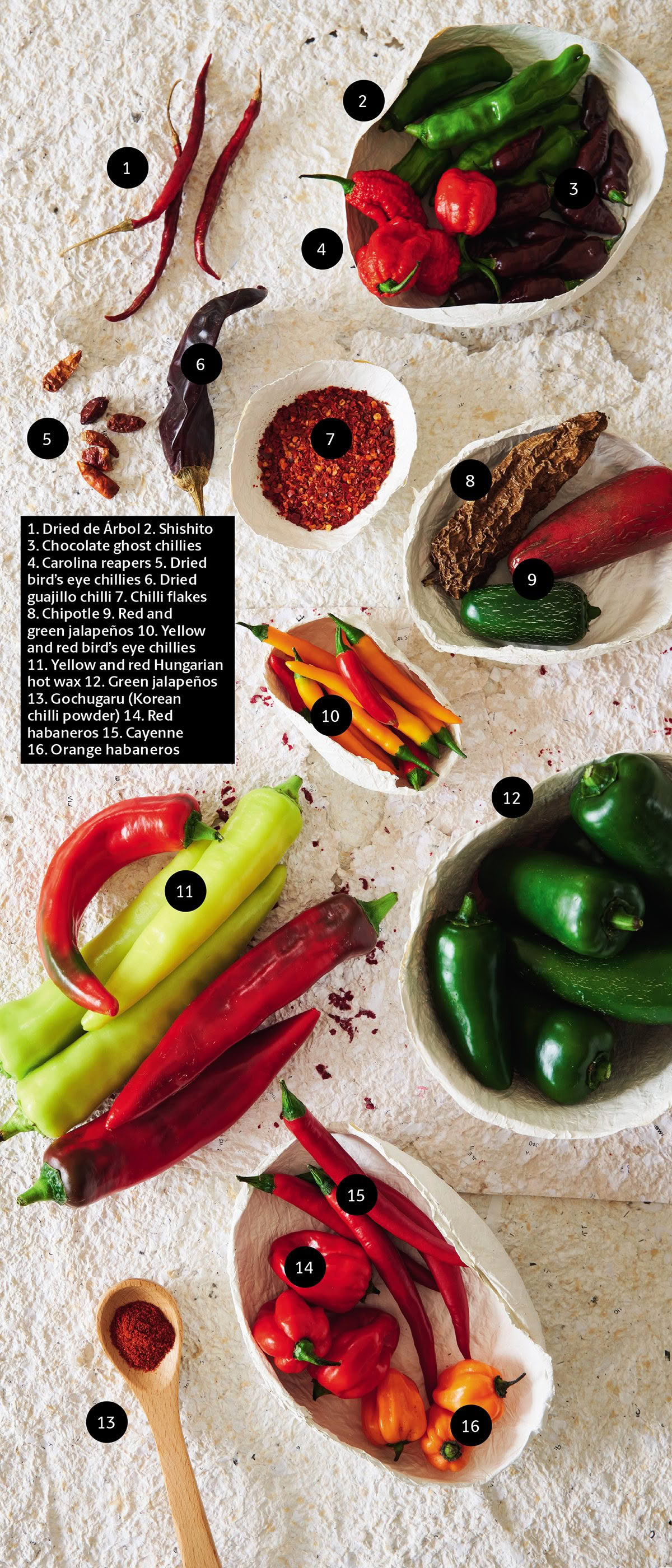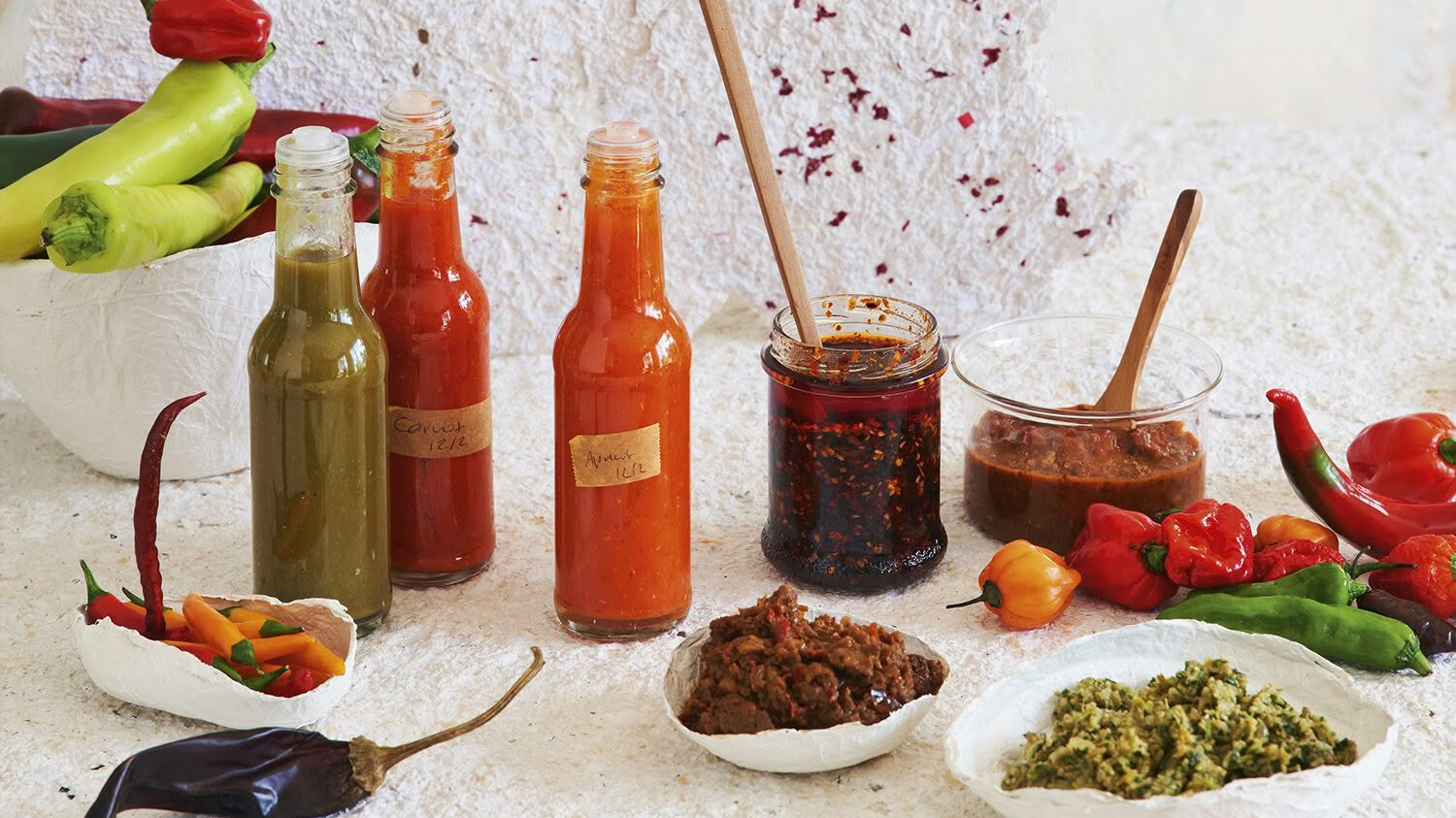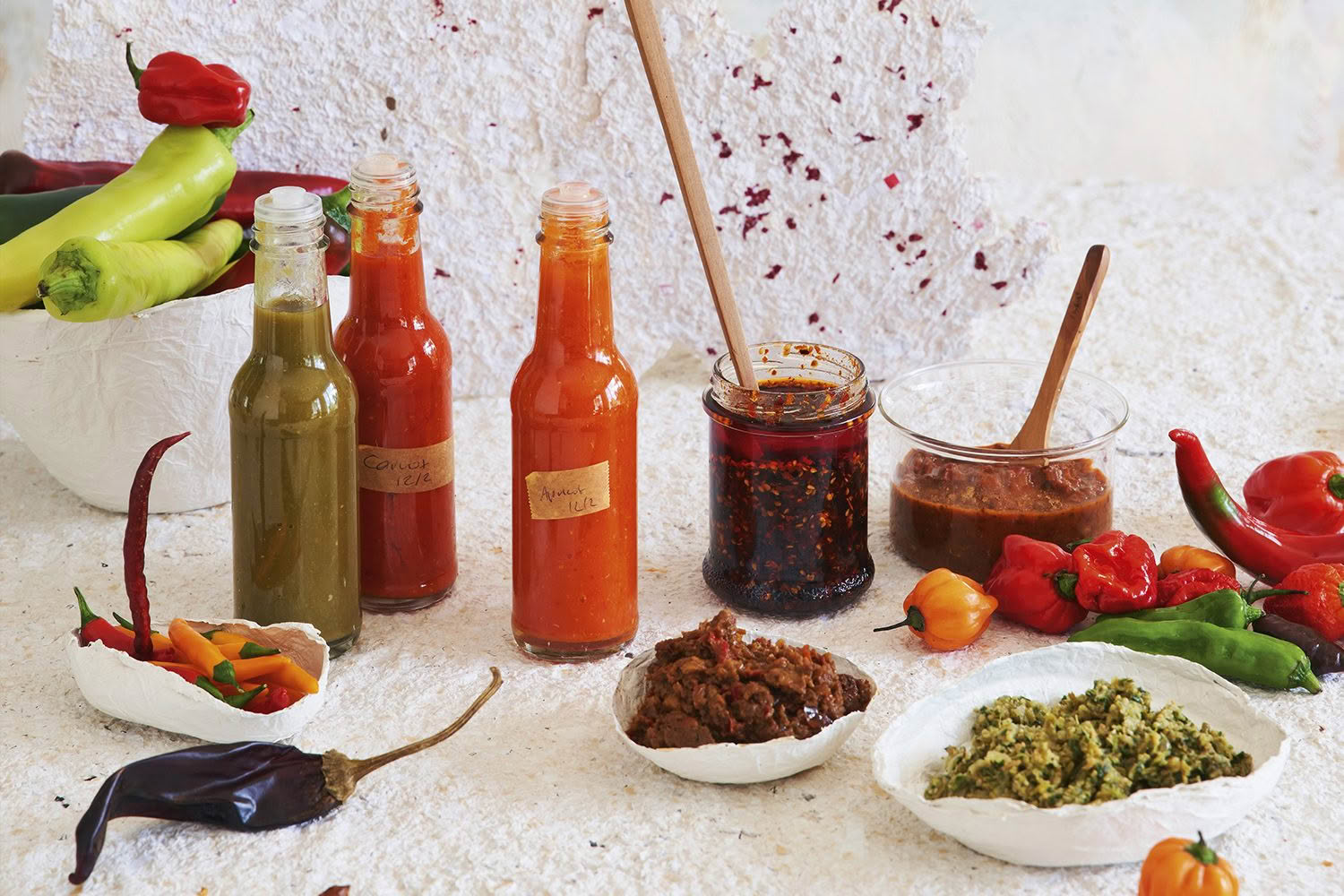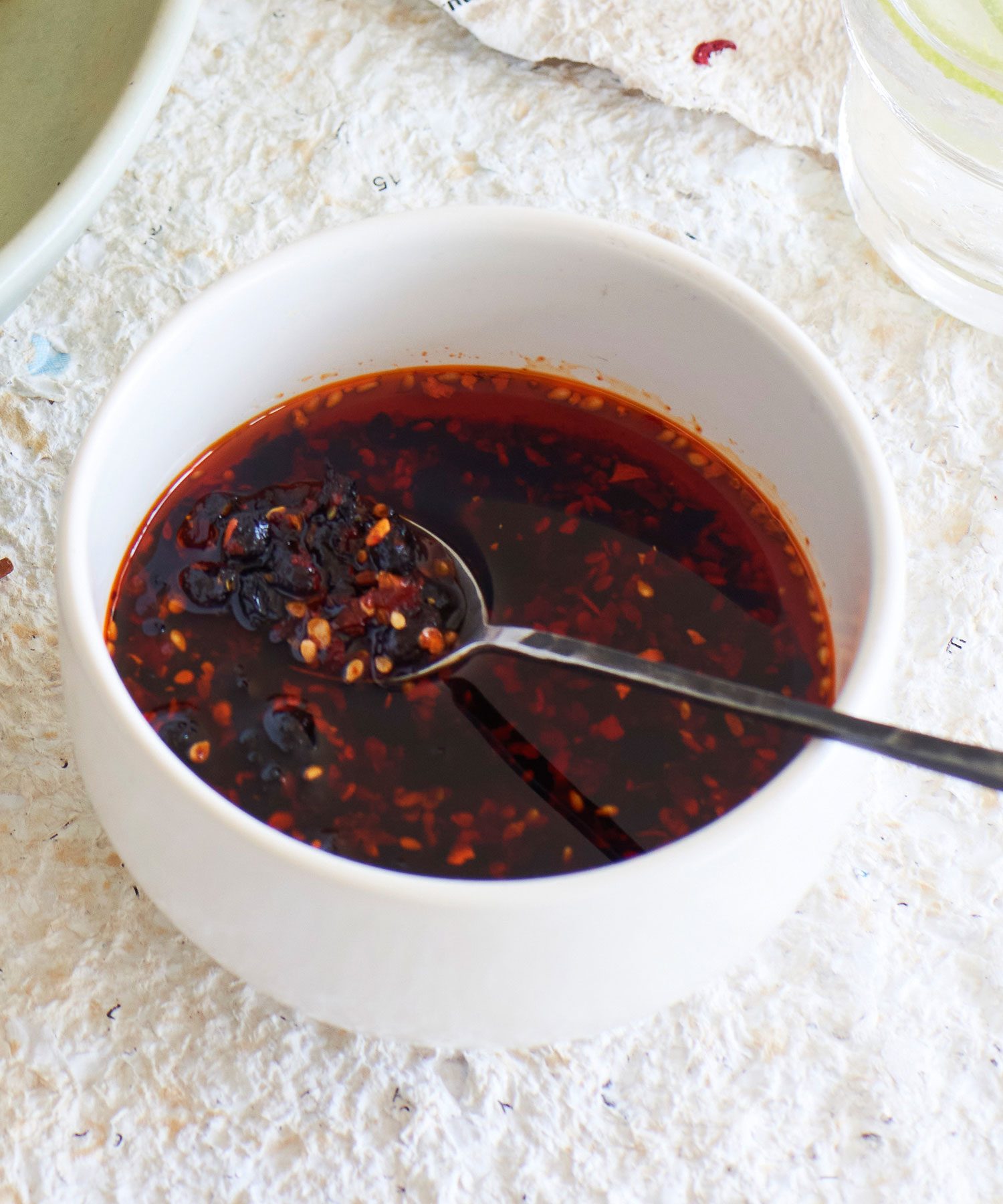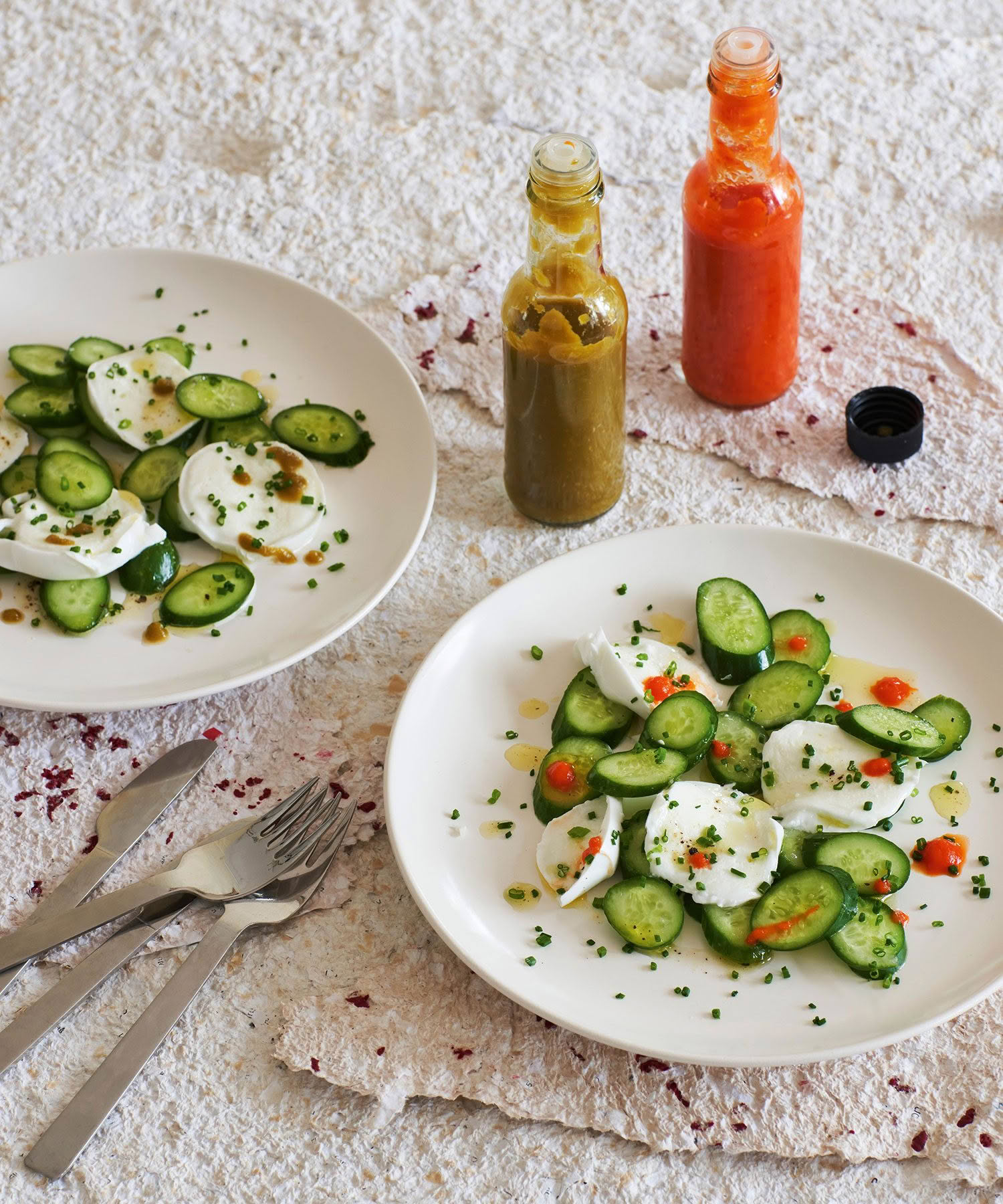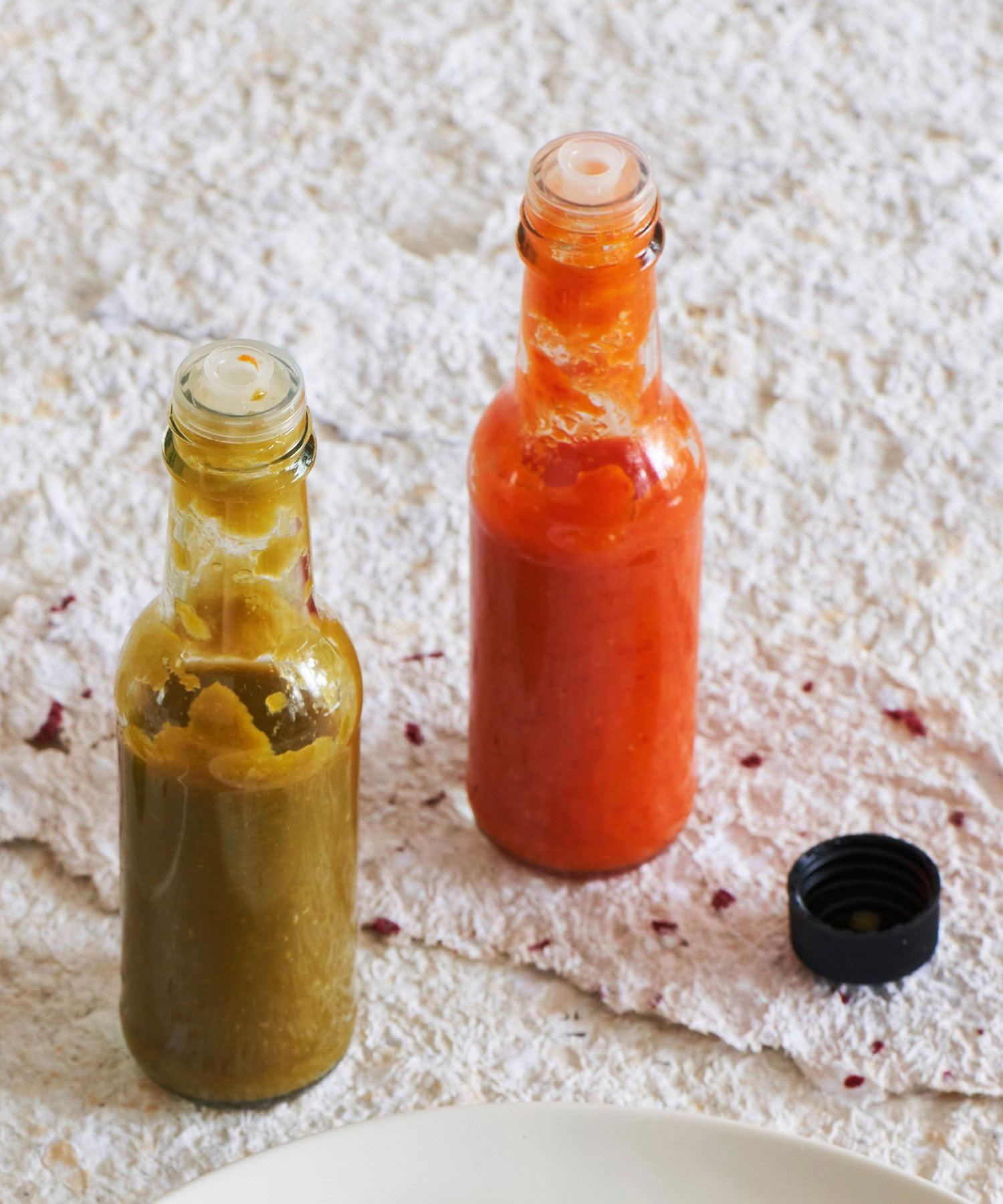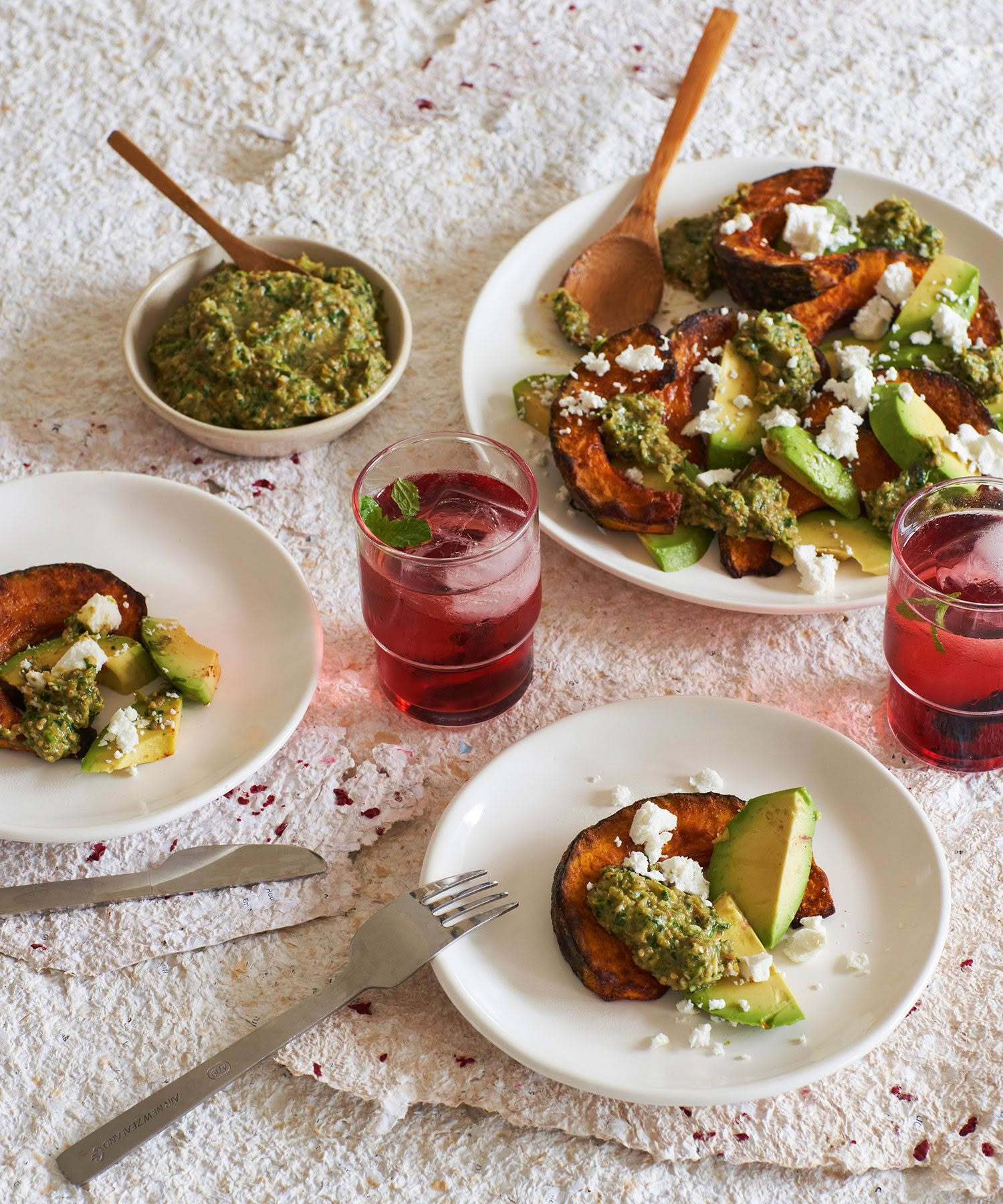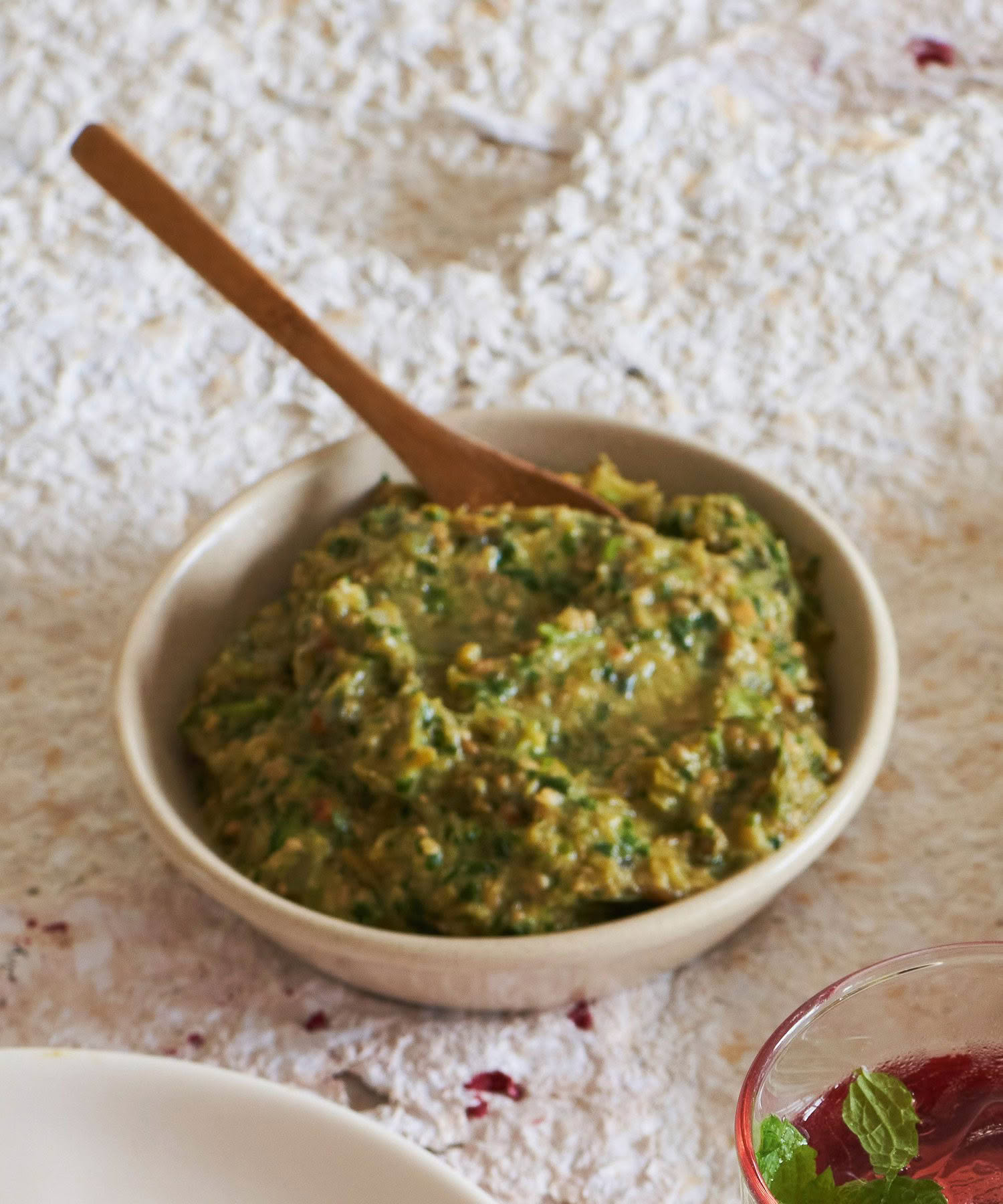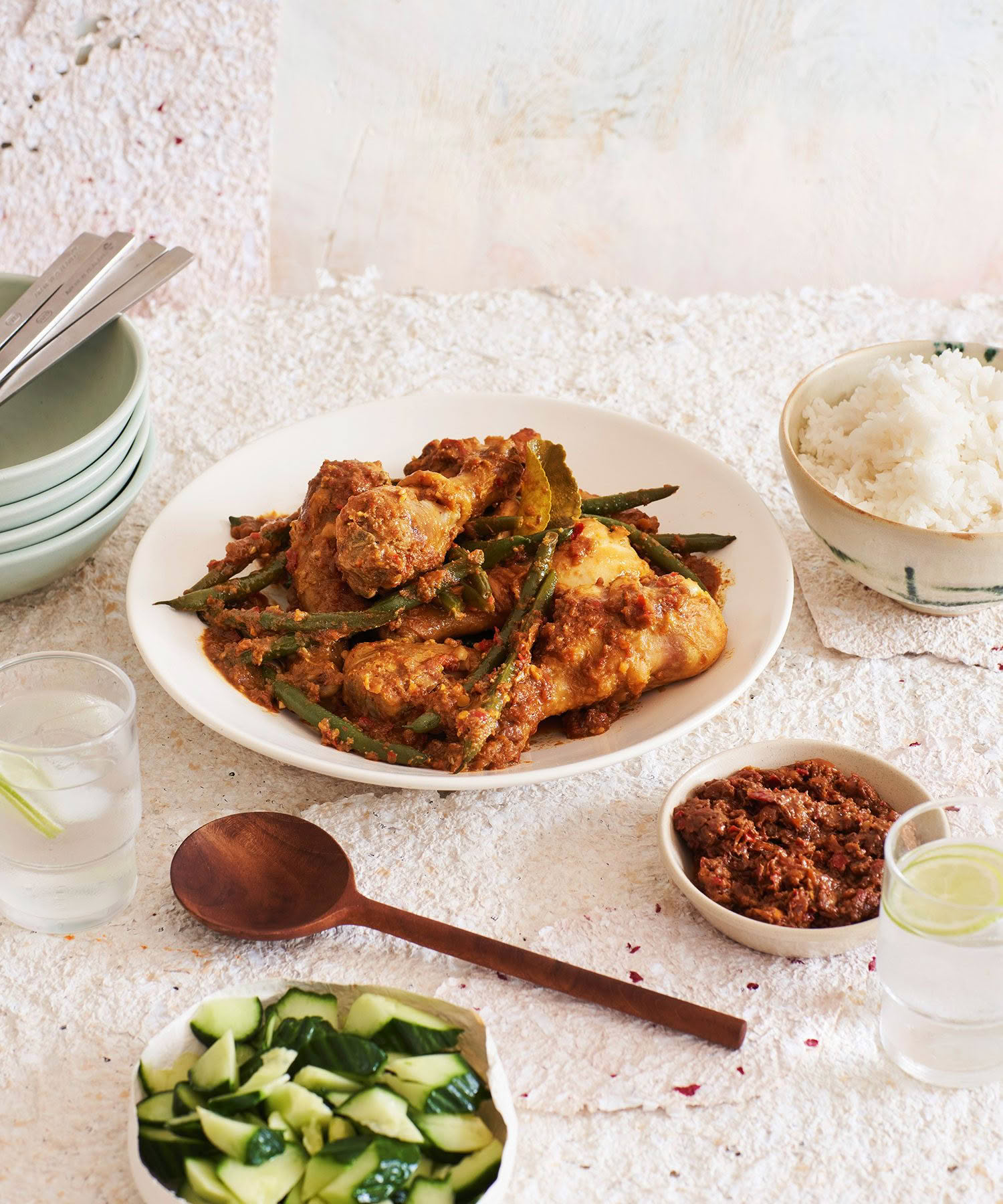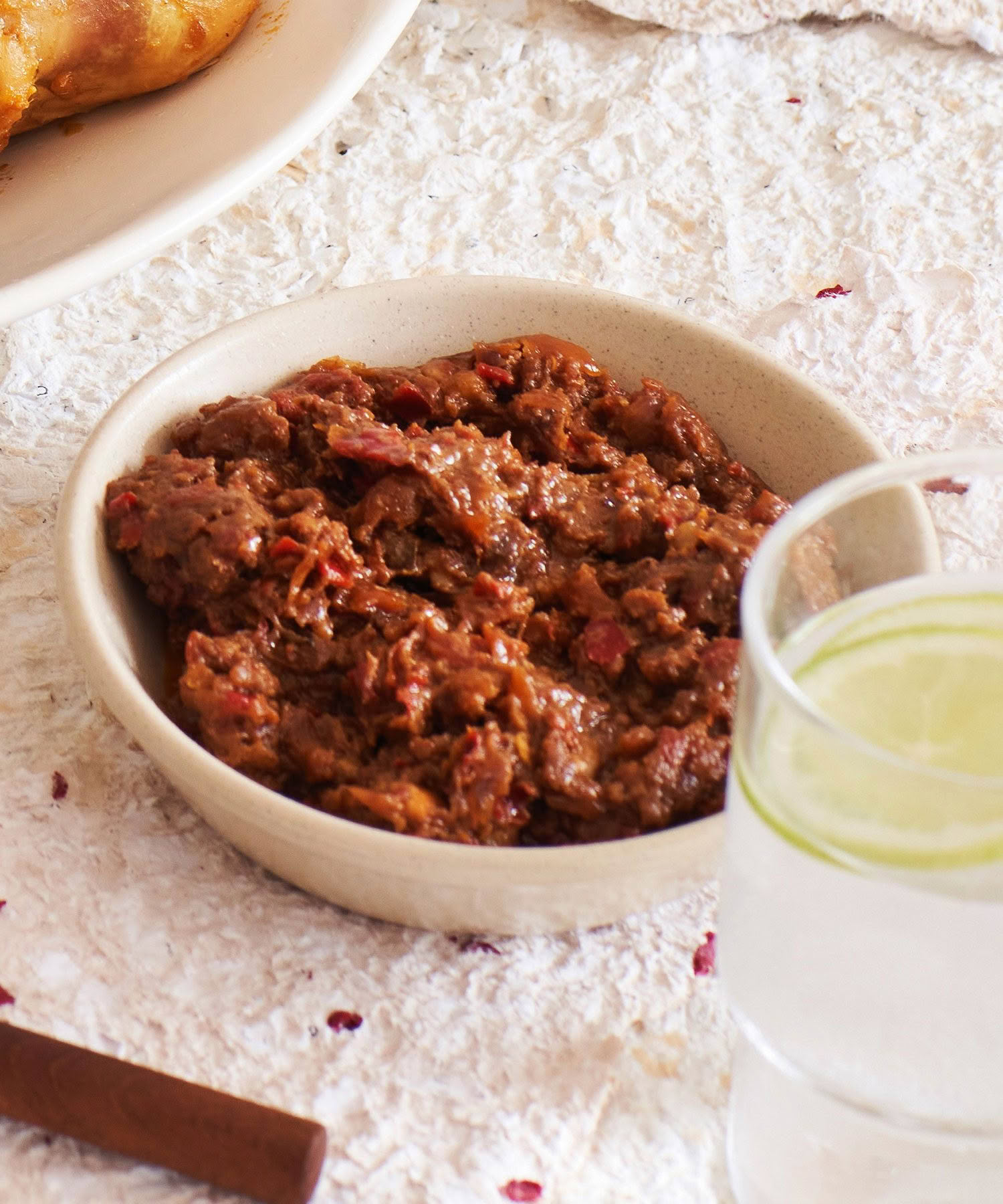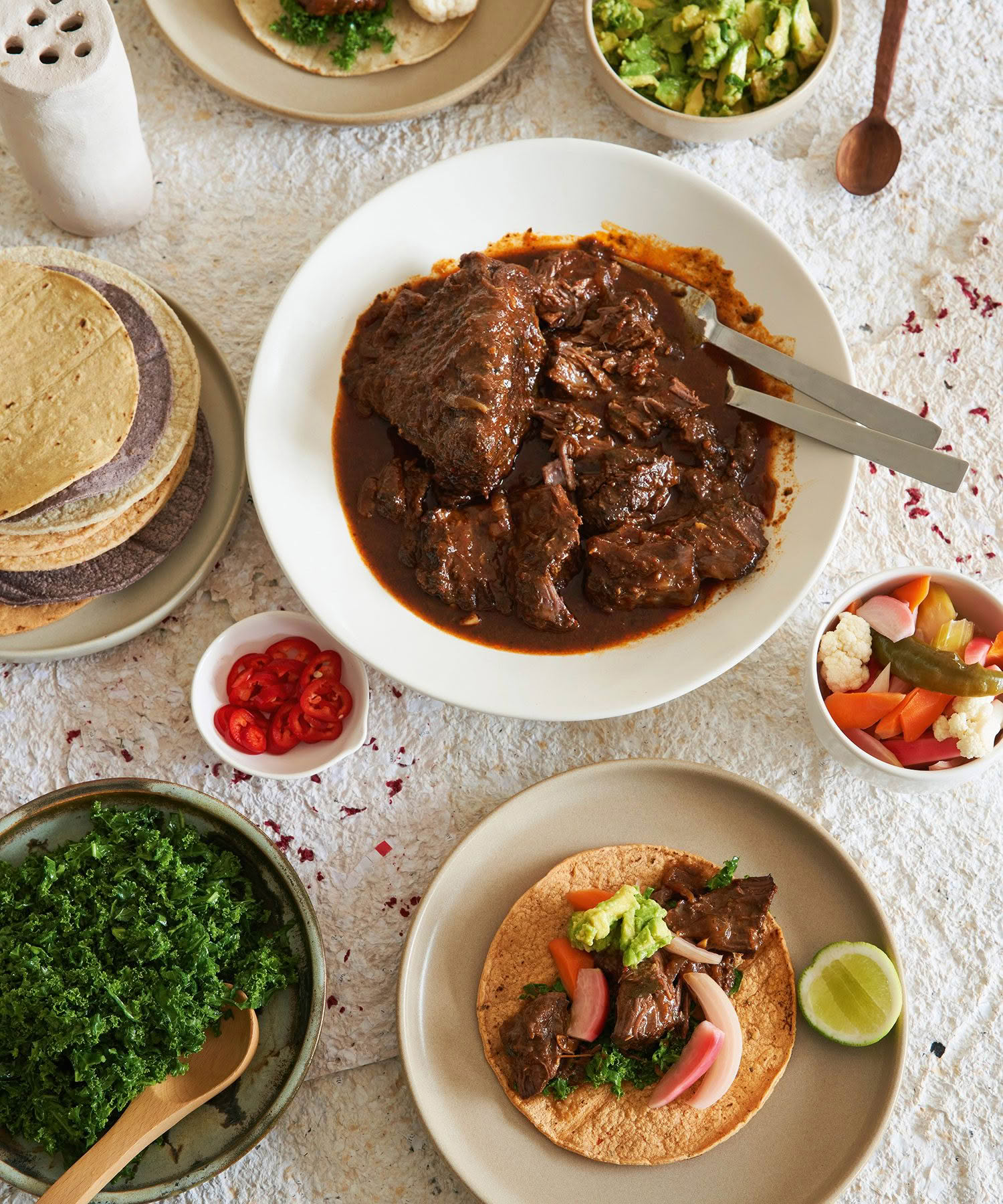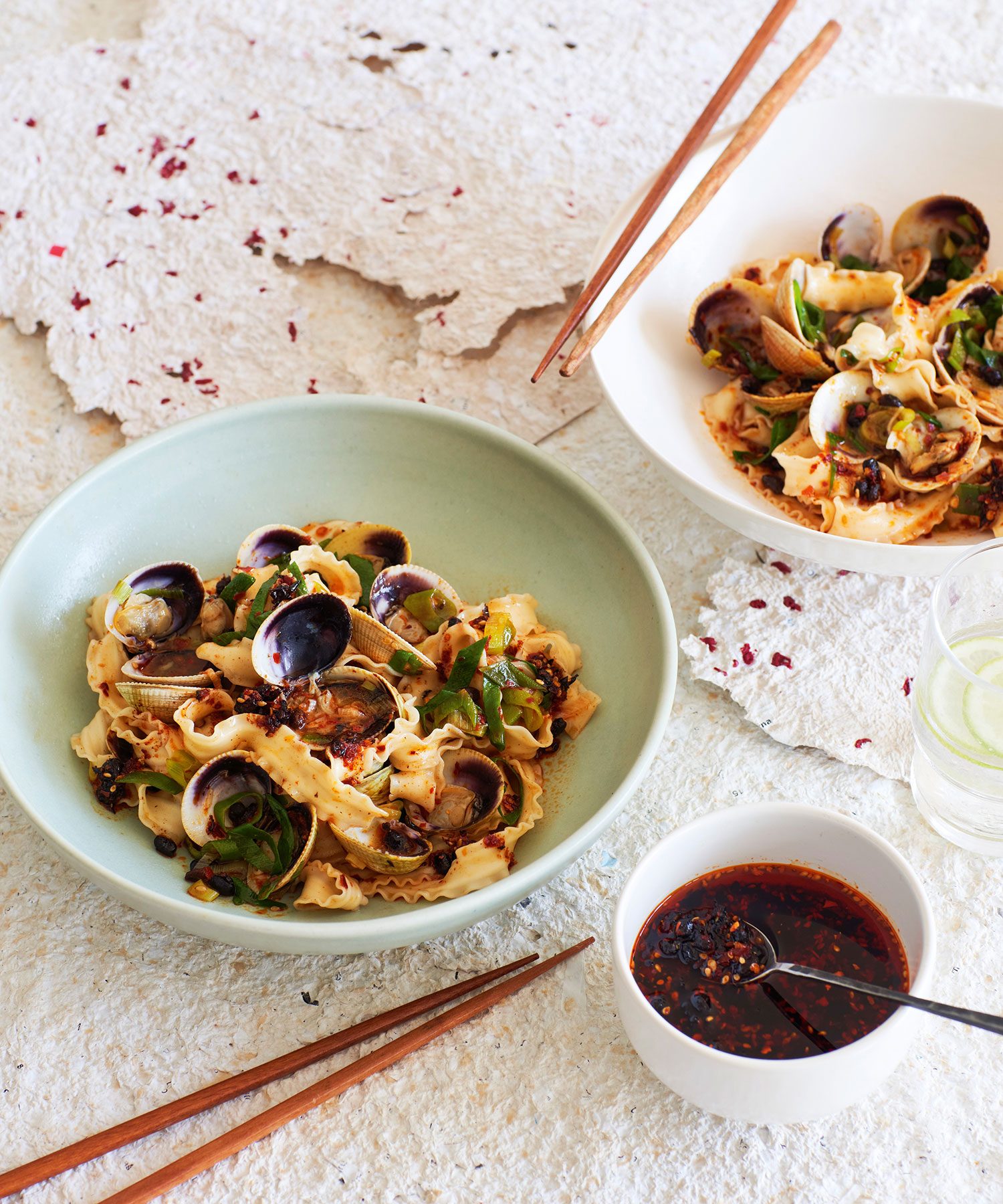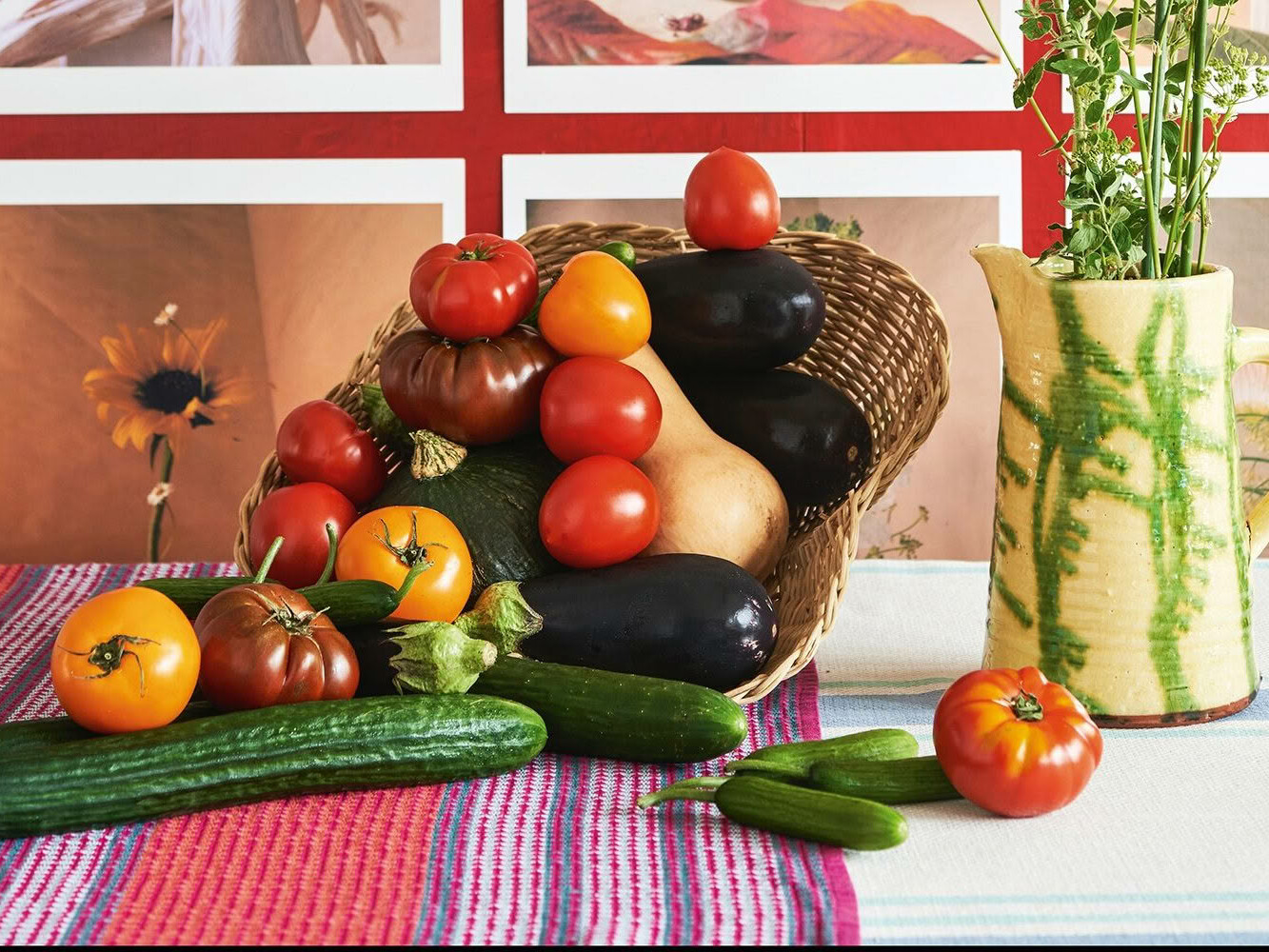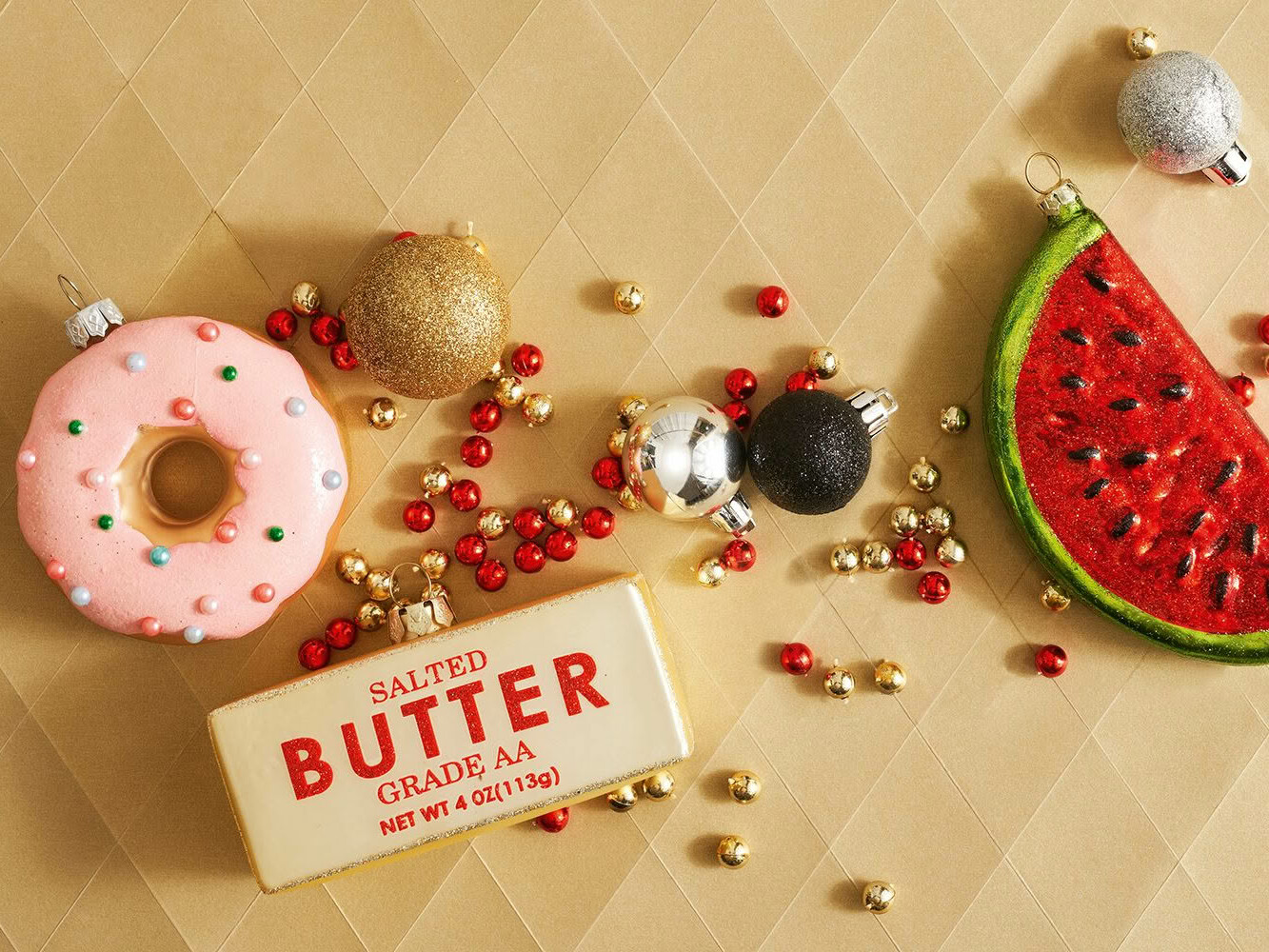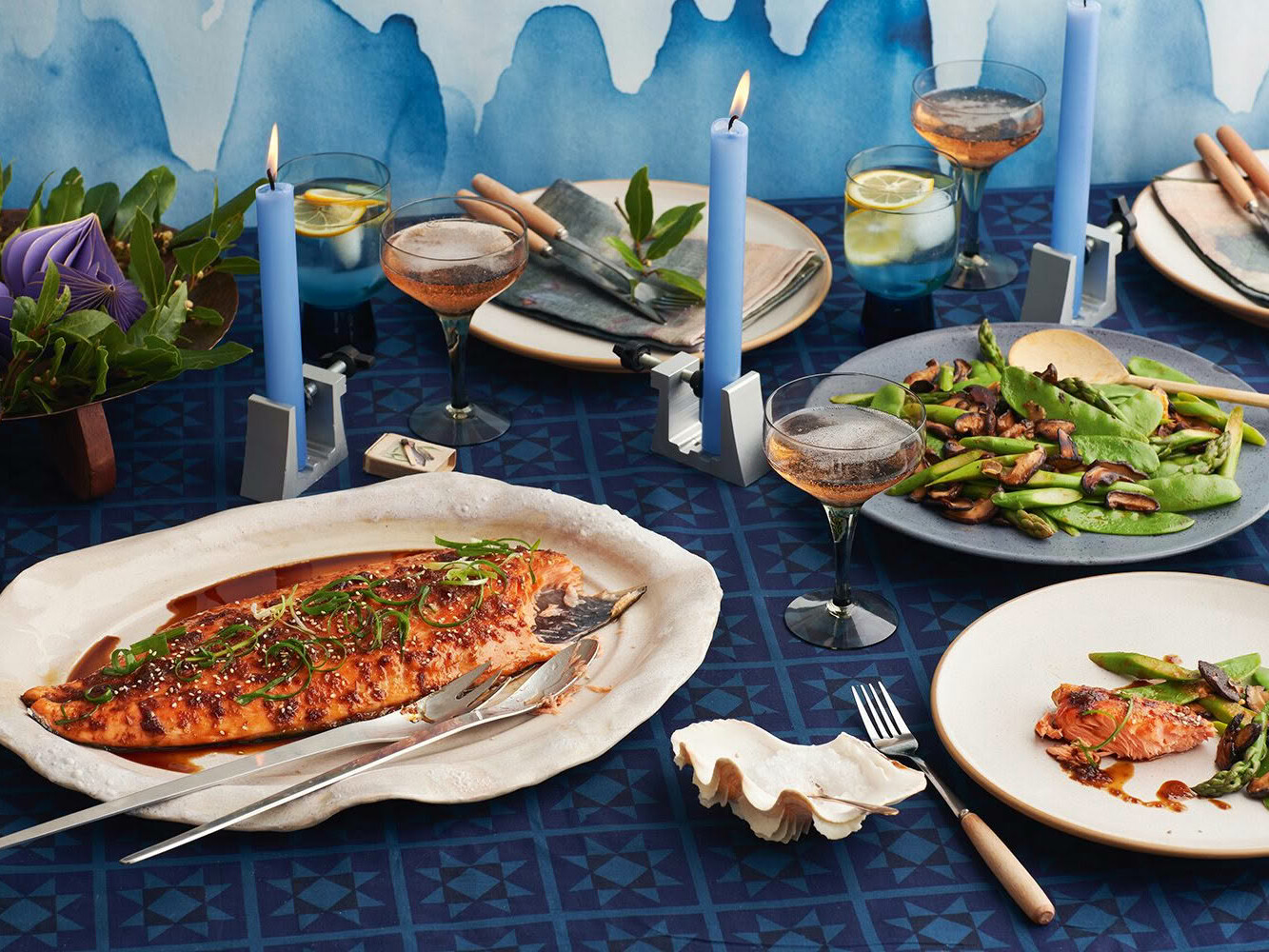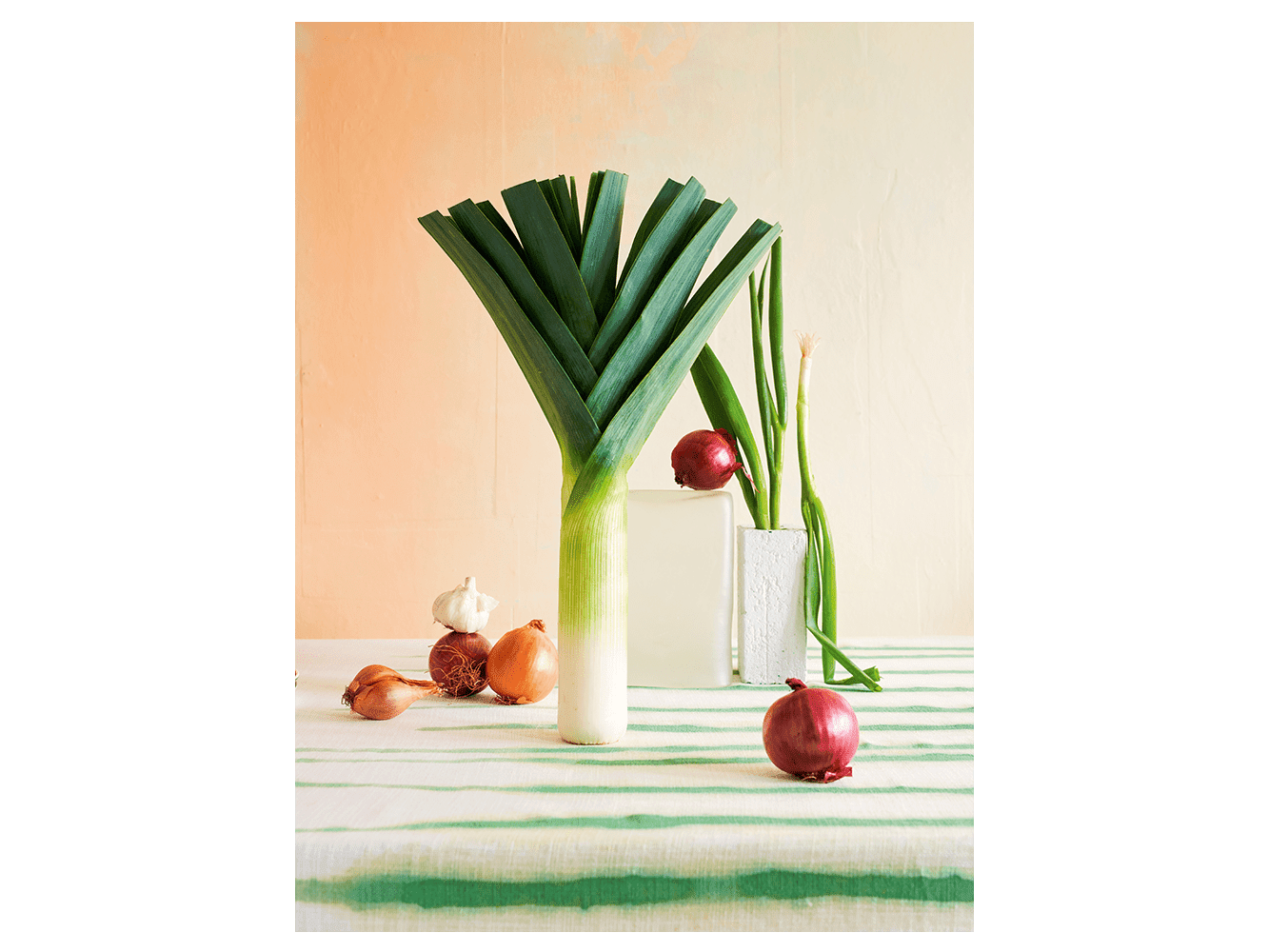Our household goes through astounding quantities of hot sauces, chilli pastes and salsas. The fact that they are addictive is no surprise. The burning and warmth we get from eating chillies releases endorphins and dopamine, which not only give relief from the heat but also give us a sense of wellbeing. As our tolerance grows, the hotter the chillies have to be for the same effect. I like the fire and heat but not to the extent that it will mask other flavours in a dish. Something that is well rounded and more on the mellow side will fit the bill for half the family, the other half will liberally add more fresh chilli or something with extra bite.
Slowly but surely we are beginning to see a wider range of chillies available, both in stores and online. Tio Pablo focusses on offering Mexican ingredients and are my go-to for dried chillies, but I’ve been enjoying seeing a wider variety of fresh chillies available. Auckland-based Wicked Hots provided many of the fresh chillies that you will see in the glossary. It sells online so you should be able to order some wherever you are. I often go to an Asian supermarket for bulk amounts of chilli flakes and powders. I’ve given a preferred chilli for each recipe, but I realise that it may be tricky to source them year round, so experiment with other chillies as required.
CHILLI GLOSSARY
Chillies are part of the nightshade family which includes tomatoes and potatoes. Originating in South America, they have travelled worldwide. The chemical capsaicin is what gives the heat in chillies. Most of us know the general rule that the smaller the chilli, the hotter it will be. It’s also useful to know that the broader the chilli, the milder it will be. It isn’t the seeds that are the hottest parts, rather the membranes to which they are attached.
Scoville Heat Units (SHU) is a subjective measure of the heat of chillies (hence the ranges of units). Of course, the climate in which chillies are grown also affects the heat of a variety. Hotter countries tend to produce hotter chillies even if they are the same variety. It pays to taste a piece of chilli before using; that way you can adjust the amount used. Wear gloves if they are a hot variety and remember to wash your hands thoroughly after handling.
FRESH
SHISHITO These Japanese chillies are long and have a bumpy texture. Mostly eaten green, they are often simply fried or skewered and grilled, eaten with salt or braised with soy sauce or dashi. They are the Russian roulette of chillies, as one in 10 will have a hot kick. SHU 150-250.
HUNGARIAN HOT WAX Green, yellow or orange, medium-sized and tapering. Sweet and floral tasting. SHU 2,000-4,000.
JALAPEÑO These conical chillies are most commonly used green, but mature to red with more heat. As they grow they develop cracks or ‘corking’ along the surface which is an indication of higher heat levels. Fleshy and grassy while green, they are often stuffed and baked or deep fried. Medium hot. SHU 2,000-8,000.
CAYENNE A mild-medium chilli which covers many cultivars. It’s the most common variety found here in supermarkets and greengrocers. The two main varieties seen are the Mexican Cayenne (red) and Asian cayenne (green). They are long, thin and tapered often with a slight curve and have a thick skin. Medium hot. SHU 30,000-50,000.
THAI BIRD’S EYE These small chillies come in various colours and sizes but are generally tapered. They are spicy and fruity. SHU 70,000-130,000.
HABANERO Lantern-shaped with a pointed tail. They are very hot with tropical fruit flavours. Use sparingly. SHU 100,000- 350,000.
CHOCOLATE GHOST CHILLI Also known as bhut jolokia, these rich and fruity chillies have a delicate smokiness. They are extremely hot but have a slow burn, with the heat taking around 30 seconds to take effect. They are not to be trifled with. SHU 800,000-1,000,000.
CAROLINA REAPERS Small, round and wrinkly in appearance with a pointed tail. These are one of the hottest chillies. Initially they’re sweet to taste before the fieriness kicks in. Developed by US breeder Ed Currie, they’ve since been overtaken as the hottest chilli by another of his breeds, Pepper X. They are not for the unwary. Use with caution and take precautions. Exceptionally hot. SHU 1,500,000-2,500,000.
DRIED
PASILLA NEGRO Medium-sized chillies that are dark brown in colour. Sweet and dark with a fruity flavour (the name means raisin) they add a deep, rich flavour to a sauce. SHU 1,000-1,500.
ANCHO These large and fleshy dried peppers are one of the most commonly used for Mexican-style mole. They are mellow and fruity with chocolate notes. The fresh version (not commonly seen here) is called poblano. SHU 1,000-2,000.
GUAJILLO These Mexican peppers are usually toasted before hydrating. They are medium sized, sweet in flavour and have a mild heat. SHU 2,500-5,000.
CHIPOTLE These are smoked and dried jalapeños. They are earthy tasting with a medium heat. SHU 5,000-8,000.
DE ARBOL Long, thin-fleshed and brightly coloured, these are almost always used dried. Smoky and nutty tasting. Often used whole in soups and stew. SHU 15,000-30,000.
